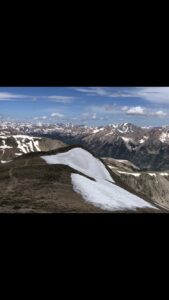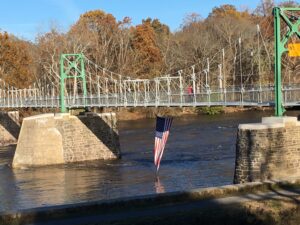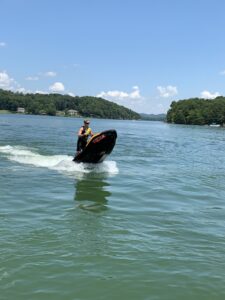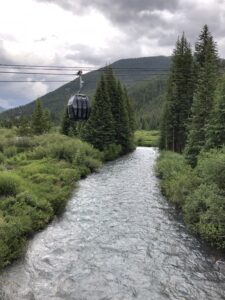
This picture was taken at over 14,000 feet in colorado on July 25th. As you can see there are many patches of snow that remain on the mountains. Not only do these snow chutes look like a bunch of rivers, but they actually turn into rivers as the melting season continues. Each one of these chutes creates there own little river as they melt, and the melted snow feeds into bigger and bigger rivers. These “little rivers” are the backbone of some of the major rivers in the west.






